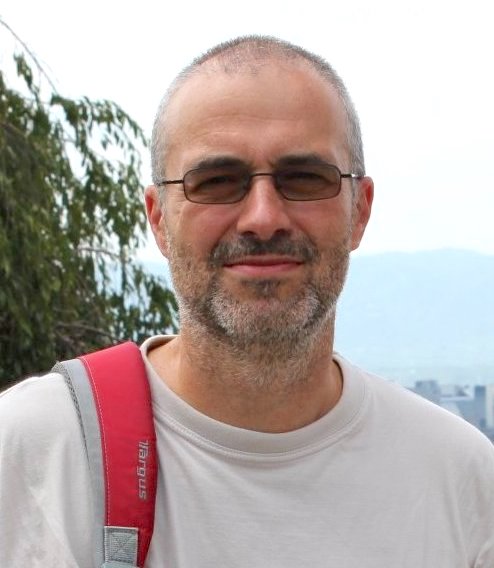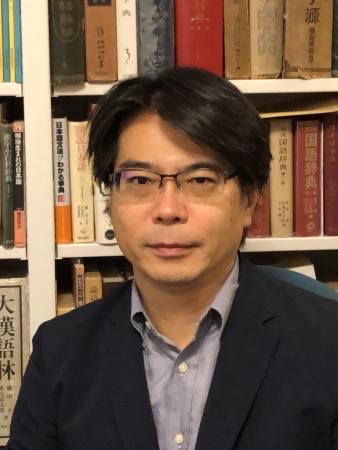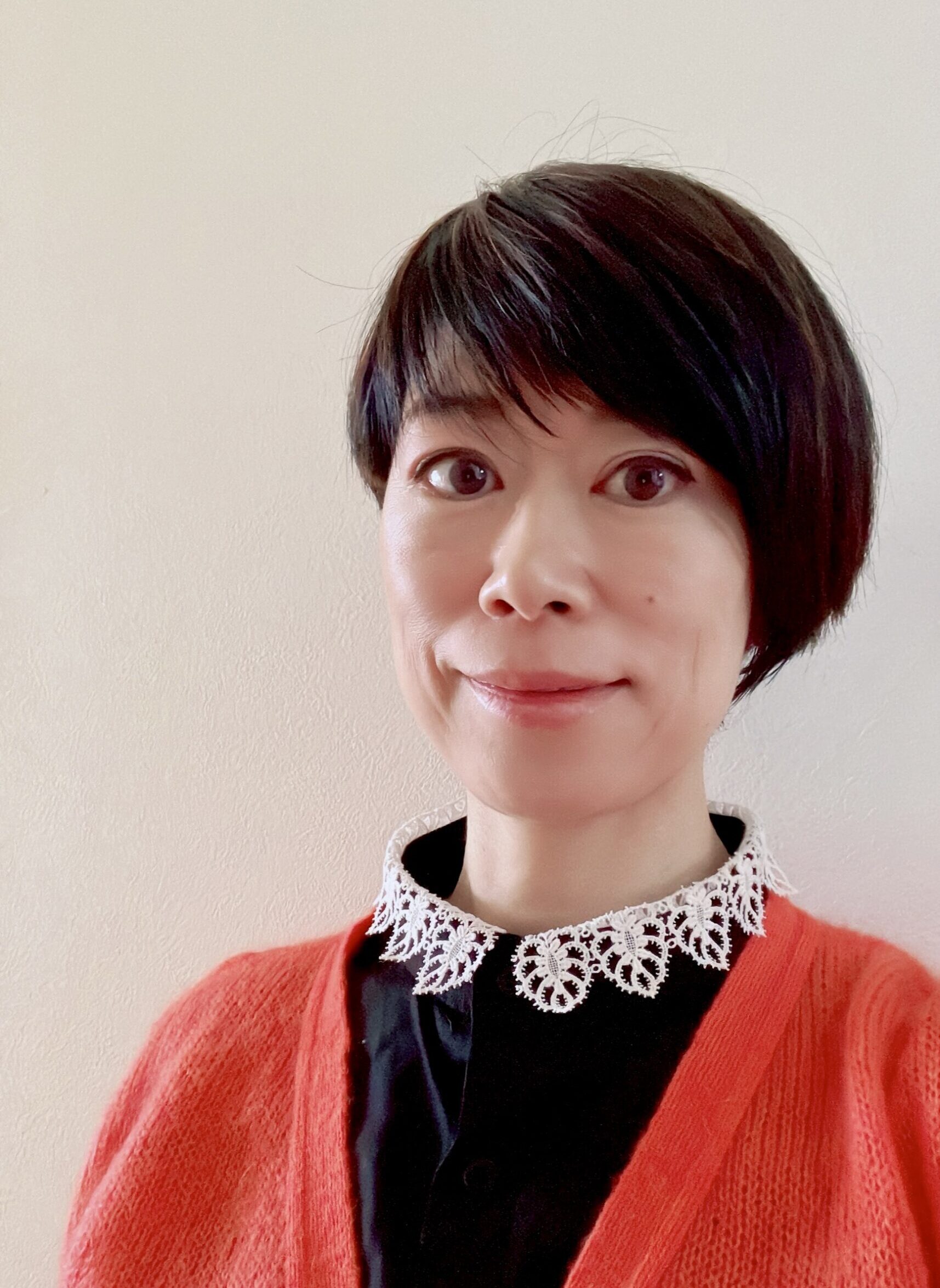Keynote Speakers
-
 Prof. Robert LEW
The Impact of Generative Transformers on Lexicography
Prof. Robert LEW
The Impact of Generative Transformers on LexicographyAbstract
Contrary to the common perception that Artificial Intelligence and Generative Transformer technology emerged spontaneously, this field has seen gradual development over several years. The public introduction of ChatGPT in late 2022 marked a significant turning point, sparking widespread discourse that ranged from enthusiastic endorsement to deep-seated apprehension. This technological advancement triggered serious existential reflection among many, being seen as challenging the unique human ability to communicate and create language. Moving beyond emotional responses, scholars from various disciplines began to delve into the implications of this burgeoning technology for their fields. In my presentation, I aim to conduct a similar exploration for the field of lexicography. The talk will start with an exploration of how computational intelligence can augment lexicographic tasks such as by writing definitions and usage examples, as evidenced by recent studies. I will then examine the user perspective, looking at whether the canonical tasks traditionally calling for lexicographic support: reading, writing, and translation can still usefully benefit from it, amidst the emerging technological alternatives. The talk will culminate in reflection on the role of dictionaries in the current technological era.
ROBERT LEW is professor at the Faculty of English at Adam Mickiewicz University in Poznań, Poland. His interests centre around dictionary use, and he has been involved in a number of research projects including topics such as access-facilitating devices, definition formats, dictionaries for production, writing assistants, digital dictionary interfaces, and training in dictionary skills. He is the Editor of the International Journal of Lexicography (Oxford University Press). He has also worked as a practical lexicographer for various publishers, including Harper-Collins, Pearson-Longman, and Cambridge University Press. -
 Prof. Hajime KIMURA
近代日本の辞書の依拠資料 / Lexicographic Sources of Modern-Period Japanese Dictionaries
Prof. Hajime KIMURA
近代日本の辞書の依拠資料 / Lexicographic Sources of Modern-Period Japanese DictionariesAbstract
This talk analyzes some dictionaries published in Japan during the modern period (1869-1945) to see how lexicographers consulted these resources. In particular, as kanji (Chinese characters) and kango (Chinese characters) are indispensable methods of notation in Japanese dictionaries, they play an important role in understanding reliance/support relationships. In addition, the illustrations are also highly individualized, which makes it possible to clarify the mutual relationship between them.
First, I examine where J. C. Hepburn sourced the kanji and kango of headwords from in his Waei Gorin Shūsei (1867), the quintessential Japanese-English dictionary of the 19th century. The preface to the dictionary cited two sources. The first was Vocabulario da lingoa de Iapam com adeclaração em Portugues (Nippo Jisho), a Japanese-Portuguese dictionary published by the Jesuits from 1603–1604. The second was W. H. Medhurst’s An English and Japanese, and Japanese and English Vocabulary (1830). However, no evidence could be found to suggest that Hepburn ever consulted either of the sources for its kanji and kango. My analysis reveals that the source Hepburn consulted was Fūsai Mori’s Gazoku Yōgaku Shinsho (1855).
The second is a document that proves that C. M. Williams, who had moved to Nagasaki in 1859, had plans to compile a dictionary or something similar. This dictionary is remarkable in that, among other things, its kanji were physically cut out of a book and pasted into it. After studying contemporary lexicographical sources, I found that the kanji came from the Bandai Setsuyōshū (1850), which was essentially a collection of character usages.
The last concerns the source of the illustrations in the three modern dictionaries. The first is Masakichi Shibata and Takashi Koyasu’s Fuon Sōzu Eiwa Jii, an English-Japanese dictionary published in 1873. The second is Gorō Takahashi’s Kan'ei Taishō Iroha Jiten, a Japanese-Japanese dictionary published in 1888. The third is F. Brinkley’s Waei Daijiten, a Japanese-English dictionary published in 1896. I analyze how lexicographers used existing materials such as Sadanobu Matsudaira’s Shūko Jisshu (ten categories of assembled antiquities), a picture book of ancient treasures published in 1800, and how they obtained such illustrations between dictionaries.
In conclusion, I analyze the books consulted by each dictionary and the circumstances in which they were consulted. This reveals sourcing relationships that would be unthinkable today and provides valuable insights into the lexicographical climate of the time.
HAJIME KIMURA is a professor in the Department of Japanese Literature and Culture at Toyo University and had previously taught at the Faculty of Foreign Languages, Department of Japanese, at Meikai University. His interests lie in the Japanese language of the modern (1868–1945) and contemporary (1945–) eras. He is particularly interested in the changes in Japanese between the Edo (1603–1868) and Meiji (1868–1912) periods, which he regards as a turning point in the language. In his research, Kimura uses Japanese-language research resources, such as grammar manuals, dictionaries, and other texts published in or outside Japan, to analyze how Japanese evolved between the sixteenth and twentieth centuries. Looking beyond the sources that have formed the mainstay of past research, Kimura focuses on unused or rarely used Japanese-language research resources to determine how standard Japanese was formed and passed down (or not) till now.
Despite the abundance of surviving sources, knowledge of the Japanese of this period is not as advanced as might be expected. This is due to the lack of rigorous differentiation of sources according to their value. By understanding the brackish, transitional Japanese that exists today in terms of its phonemic, notational, lexical, and grammatical elements, we can get a complete picture depicting how the language is continuous with its past forms and how it contains the gestational forms of its future.
Kimura also examines the sources of the illustrations added to modern-period Japanese dictionaries. In 2023, he jointly authored Zusetsu: Nihon no Jisho 100 satsu (Illustrations: 100 Japanese dictionaries), published by Musashino Shoin. This book outlines the various dictionaries published in Japan from ancient to contemporary times, adding commentary on the illustrations in each dictionary. Find out more about Kimura’s key accomplishments here: https://researchmap.jp/Hajime_Kimura
東洋大学文学部日本文学文化学科に教授として所属している。明海大学外国語学部日本語学科を経て現職。研究テーマは「近現代の日本語」である。特に,日本語の変遷において重要な時期の一つとして,江戸期から明治期があげられる。16C末から20Cにかけて,国内外で作成された日本語研究資料(文法書・辞書・テキストなど)を用いて,日本語がどのように移り変わってきたのかについて調査,考察を行っている。特に,標準日本語というものがどのように形づくられ現代に引き継がれていったのか(また引き継がれなかったのか),既存の研究の中心軸となっている資料群から距離を置き,手つかずの日本語研究資料を中心に据えて進めている。
対象時期の日本語の解明は,保存されている資料がとても多いのであるが,思いのほか進展していない。それは,いずれの資料が有用であるのか峻別されていない面があるためともいえる。音韻・表記・語彙・文法などの諸面から,汽水域にあたる当代の日本語を把握することで,前代からの継続的な面,また次代への萌芽といったことを立体的に考察が可能であると考える。
昨今は,近代日本の辞書の挿絵の依拠関係について調査を行っている。また,2023年に共著として『図説 日本の辞書 100冊』を武蔵野書院から刊行した。古代から現代の日本の辞書について,概説を行った上で,個々の辞書について図版とともに解説を加えたものである。なお,主要業績についての詳細は以下を参照されたい。https://researchmap.jp/Hajime_Kimura -
 Prof. Yuri KOMURO
Exploring the Golden Age of English-Japanese Learners' Dictionaries with a Focus on Interactions Among Lexicographers
Prof. Yuri KOMURO
Exploring the Golden Age of English-Japanese Learners' Dictionaries with a Focus on Interactions Among LexicographersAbstract
From the late 1990s to the early 2000s, it can be said that it was the Golden Age of English-Japanese learners’ dictionaries (henceforth EJLDs). Not only did publishers with a long history of dictionary making participate, but also companies without such background entered the market. This increasing competition further promoted the development of EJLDs, and they took pride in having the highest level of quality in the world of bilingual lexicography. It is not an exaggeration to say that modern EJLDs have become cultural assets. However, nowadays, it has become increasingly difficult to publish paper dictionaries as they do not sell like they did twenty years ago, and lexicographers and publishers face the challenge of a shrinking market.
In the 1970s and 80s, ‘the second generation of lexicographers’ at Tokyo University of Foreign Studies (TUFS) (Takahashi et al. 1999: 504) collaborated with major, renowned publishers such as Kenkyusha and Sanseido, resulting in the production of numerous dictionaries. Shigeru Takebayashi, professor emeritus of TUFS, and Tomoshichi Konishi, professor emeritus of Kobe City University of Foreign Studies, were among them. Takebayashi, his colleagues, and students enhanced the user-friendliness in EJLDs, achieving widespread recognition. On the other hand, Konishi and his students conducted usage studies and reflected their findings in their dictionaries, receiving high acclaim. It is evident that these two prominent lexicographical schools, one situated in the east and the other in the west, played instrumental roles in driving the development of EJLDs throughout the 1990s and 2000s. Although they were commercial rivals, the members and lexicographers associated with these schools worked together, connecting, hosting, and collaborating at seminars, workshops, and conferences.
Previously, individuals gathered mainly around their teachers or influential figures, and local study circles, such as Iwasaki Linguistic Circles and Rokko English Study Group. These circles originally served as hubs where those who studied under the same teachers studied together and sometimes collaborated on dictionary projects, essentially functioning as training schools for lexicographers. In the 1990s, however, larger study groups and academic societies were established: the Society of English Grammar and Usage in 1993, Japan Association of English Corpus Studies in 1993, and JACET Society of English Lexicography in 1995. This facilitated increased interaction among individuals involved or interested in lexicography, fostering the exchange of ideas and discussions related to dictionary making. People began to gather more around their specific research interests, bringing evolution in the dynamics of collaborative efforts within the field.
In this lecture, I will shed light on some key players and critical factors that contributed to the flourishing of EJLDs, hoping that reviewing how and who created the ‘Golden Age’ may provide us with some insights to overcome this change of the times and difficulties.
YURI KOMURO is a professor at Chuo University in Tokyo, Japan. Her main research interests are EFL and bilingual lexicography and socio-cultural aspects of dictionaries. She has been involved in several English-Japanese learners’ dictionaries, including Kenkyusha’s Lighthouse English-Japanese Dictionary and the Compass Rose English-Japanese Dictionary (2018). Currently, she interviews editors and writers of English-Japanese dictionaries, who created and led the Golden Age of English-Japanese paper dictionaries in the late 1990s and the early 2000s and posts interview articles at her website, English-Japanese Lexicographers (ej-lexicographers.com).


